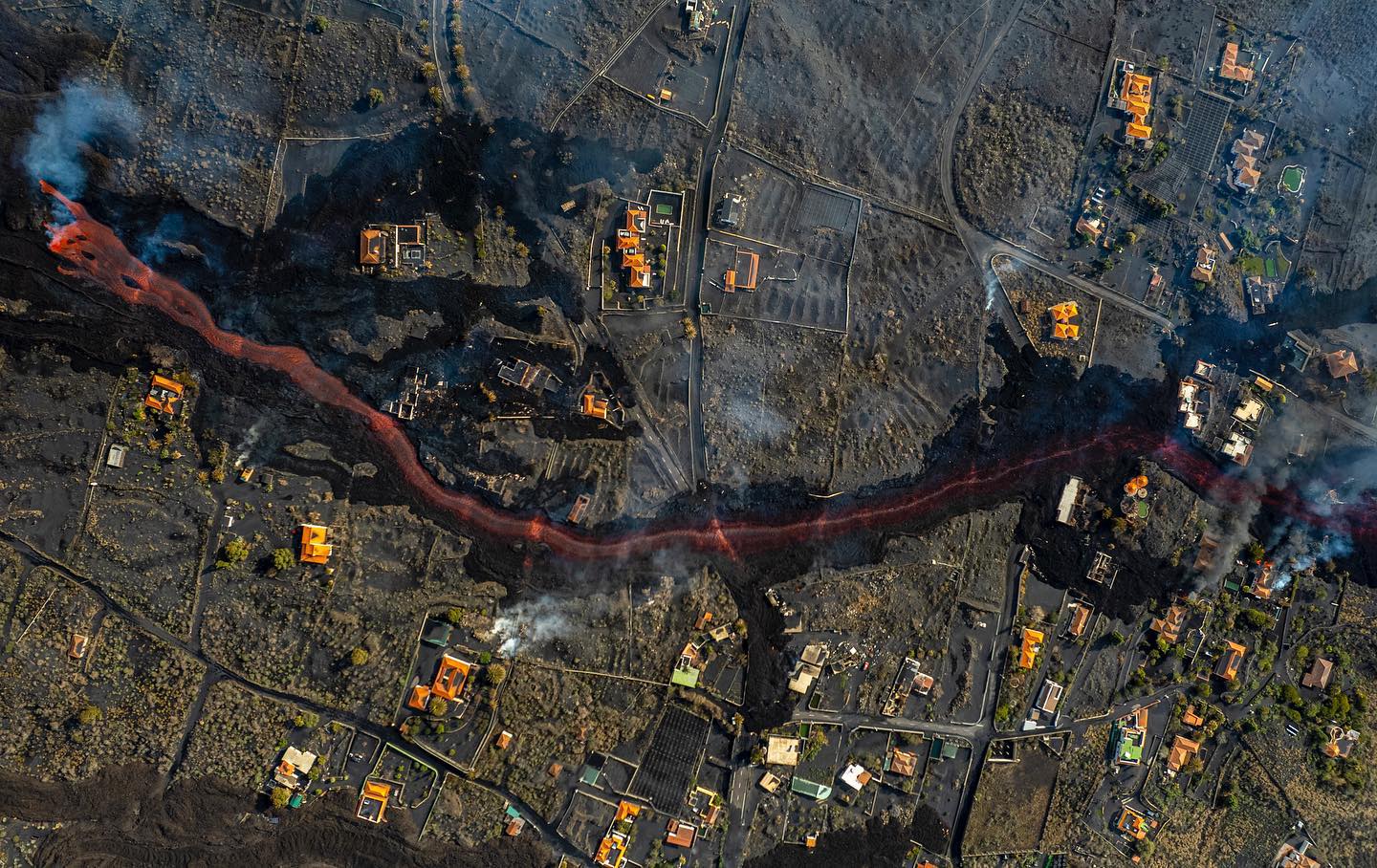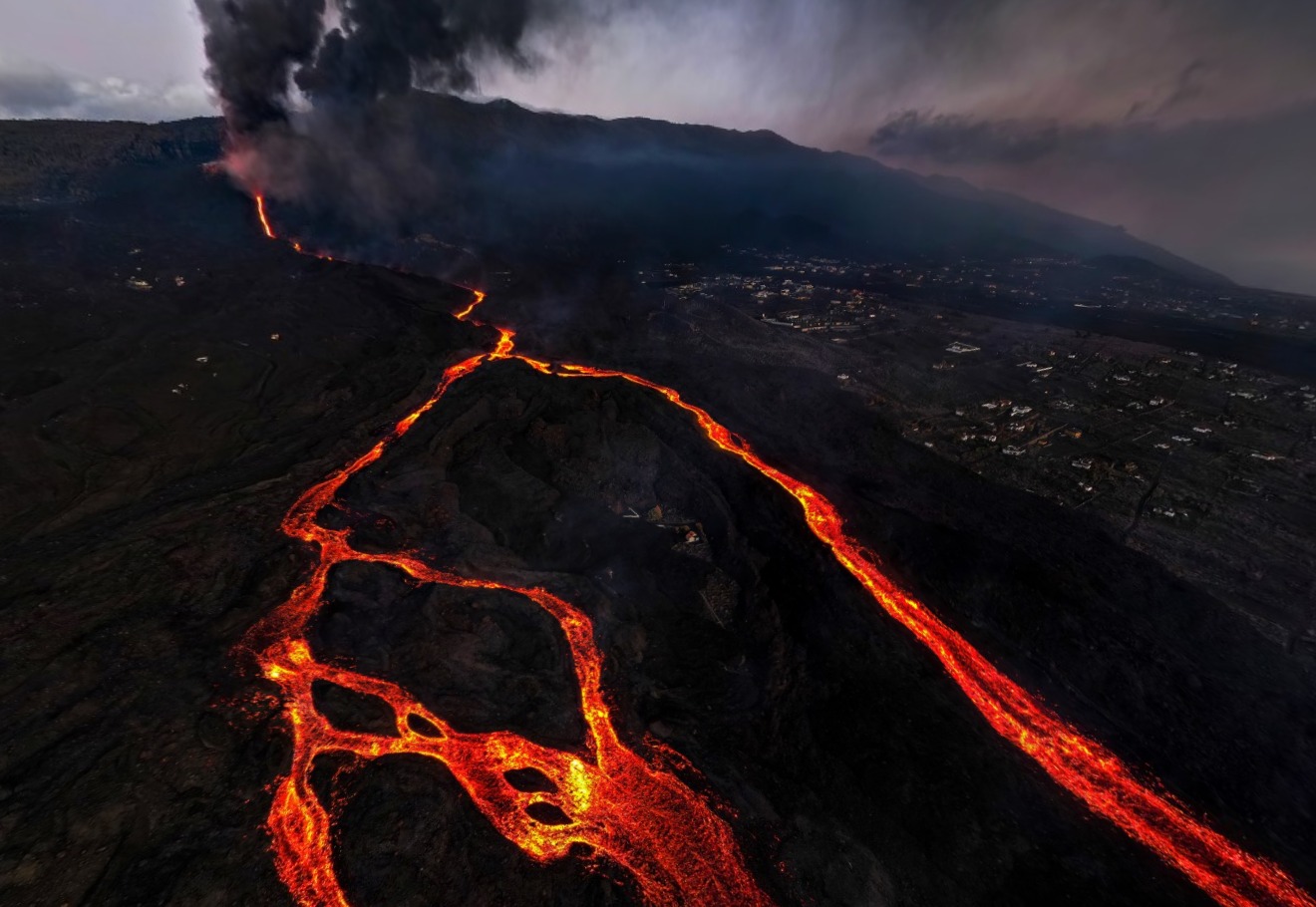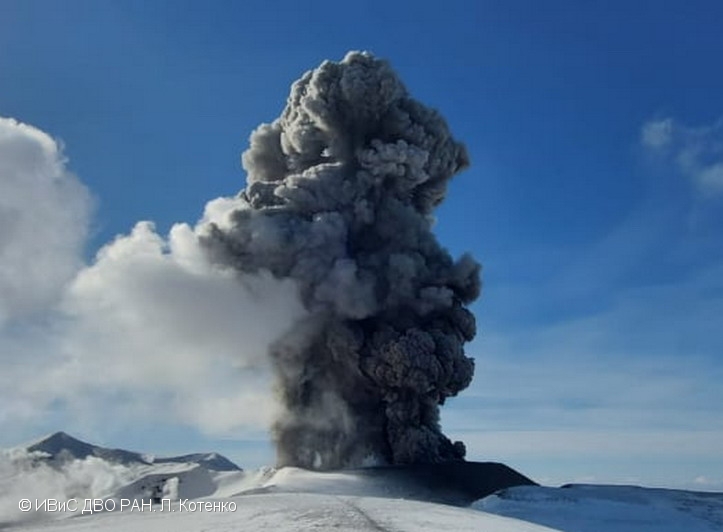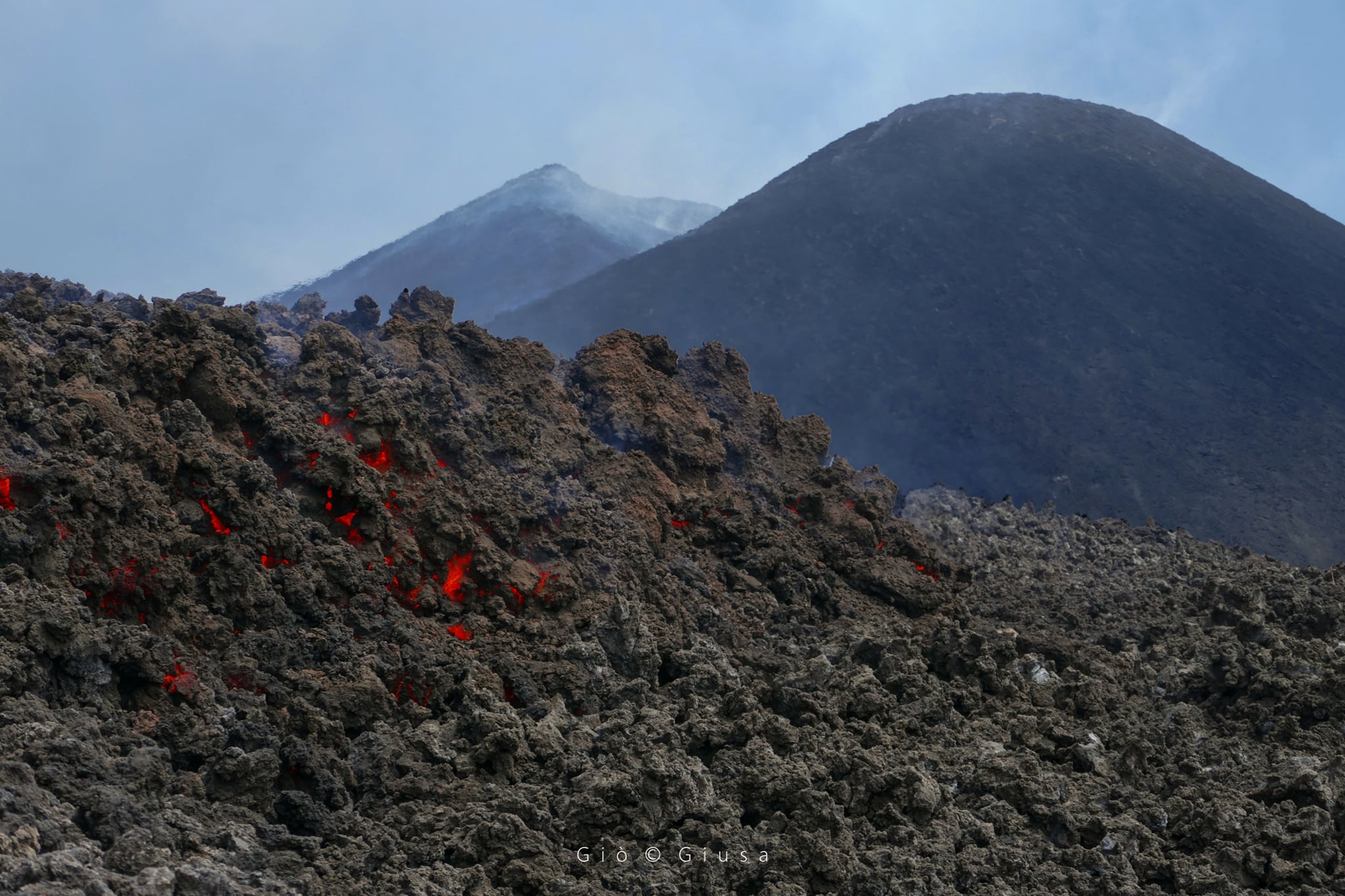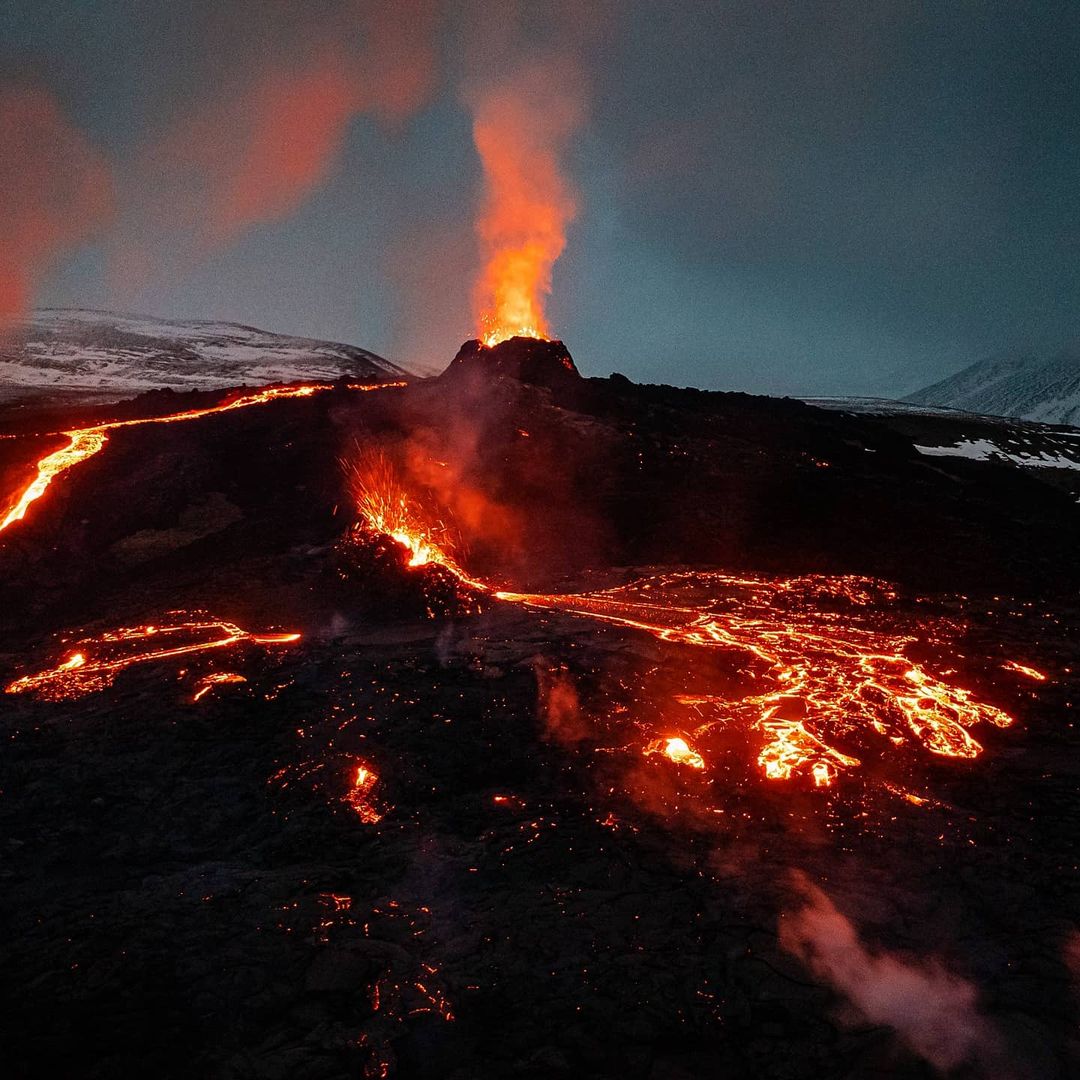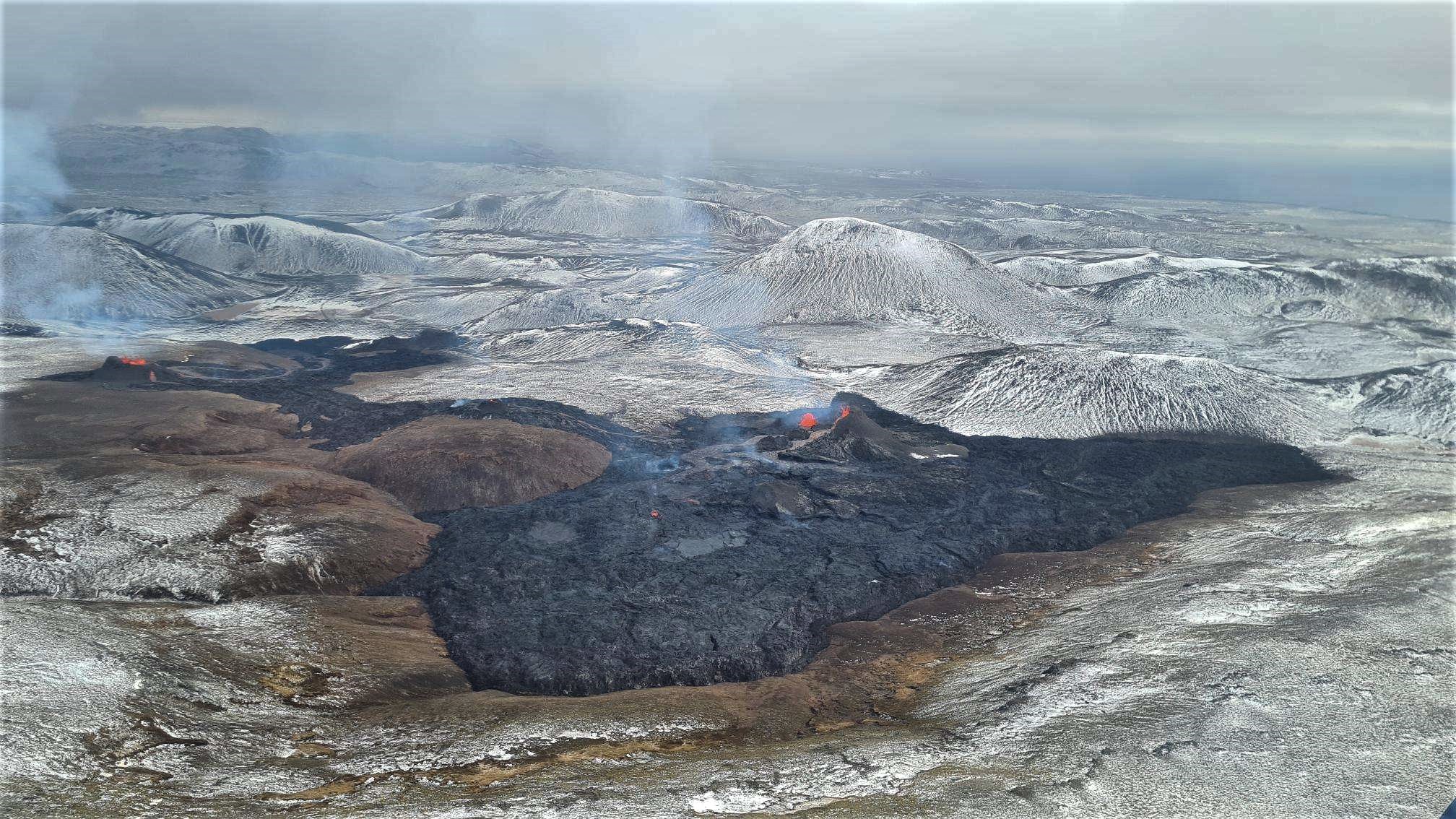February 05 , 2022 . EN . Indonesia : Anak Krakatau , Indonesia : Merapi , Alaska : Davidof , Italy / Sicily : Etna , Russia / Kuriles Islands : Chikurachki , Dominica : Boiling Lake .
February 05 , 2022 . Indonesia , Anak Krakatau : VOLCANO OBSERVATORY NOTICE FOR AVIATION - VONA Issued : February 05 , 2022 Volcano : Anak Krakatau (262000)…


